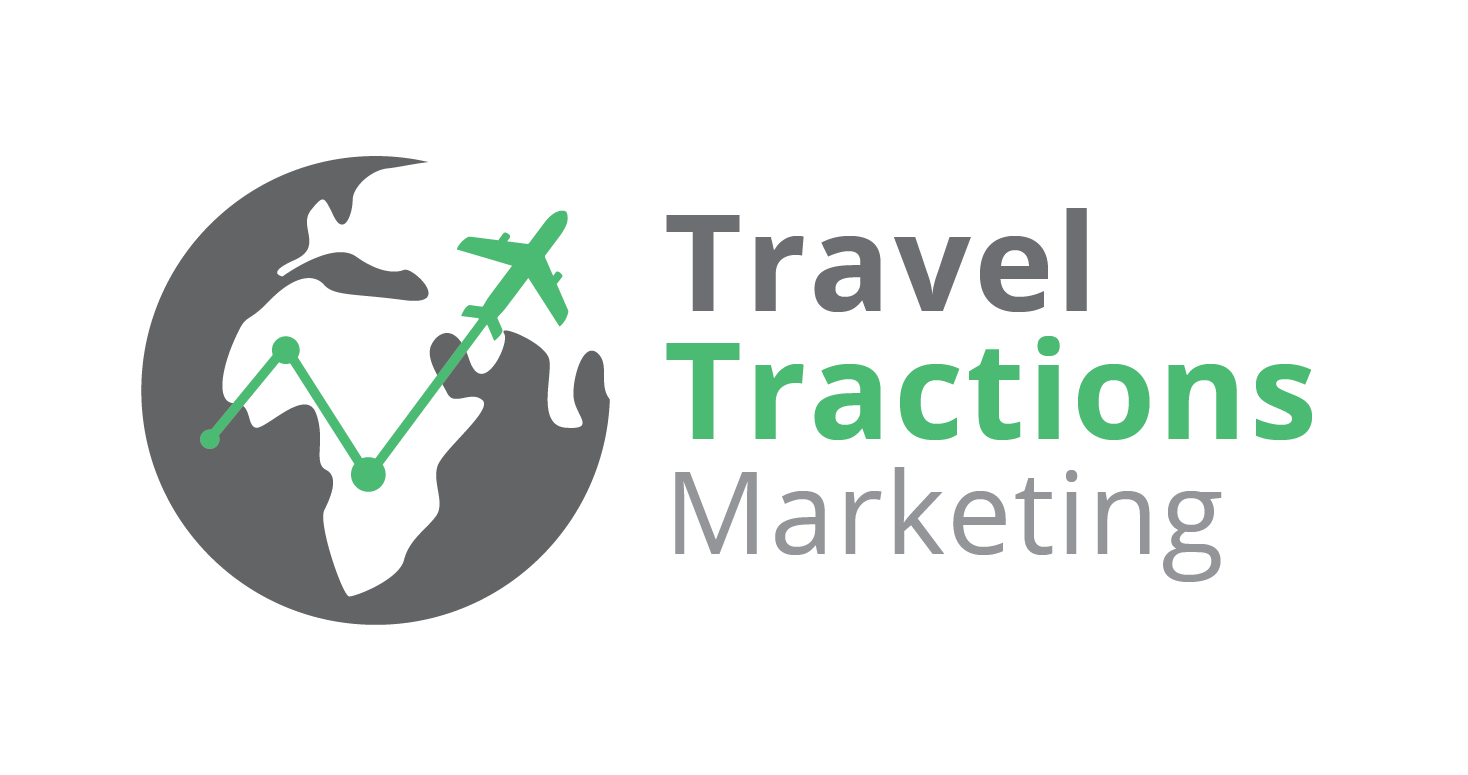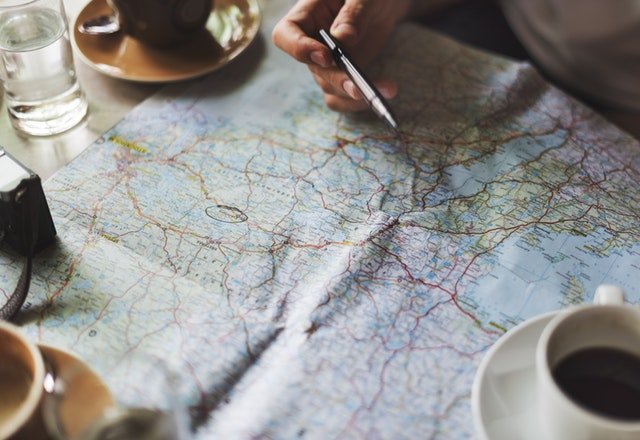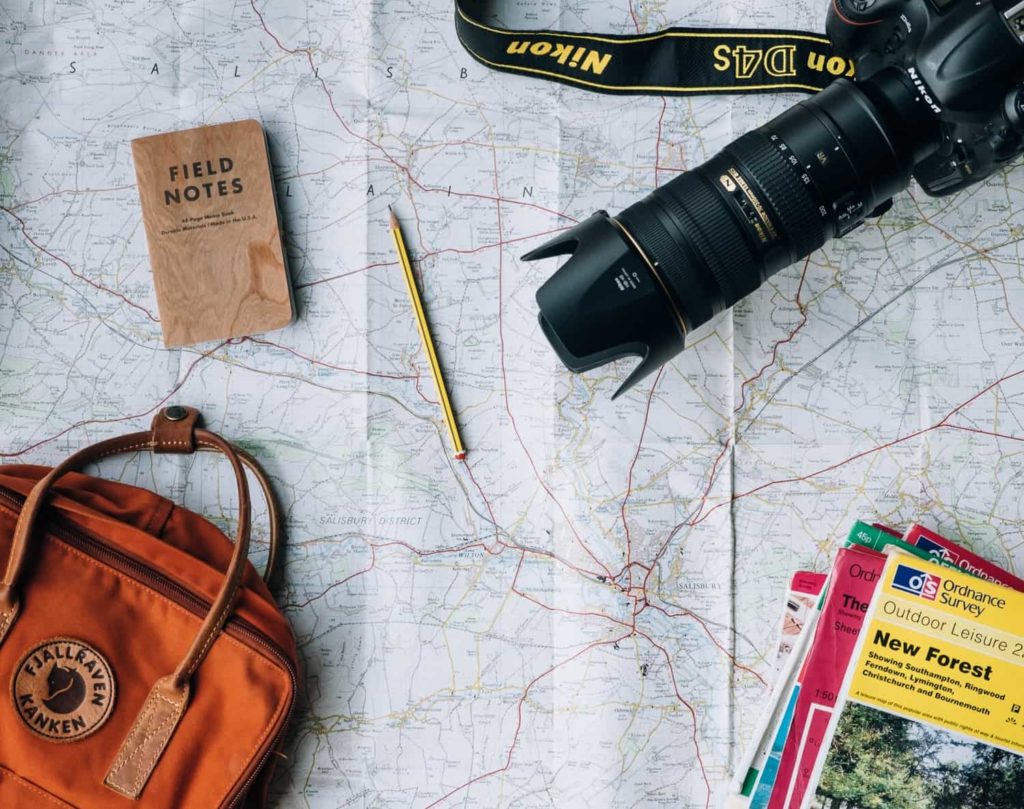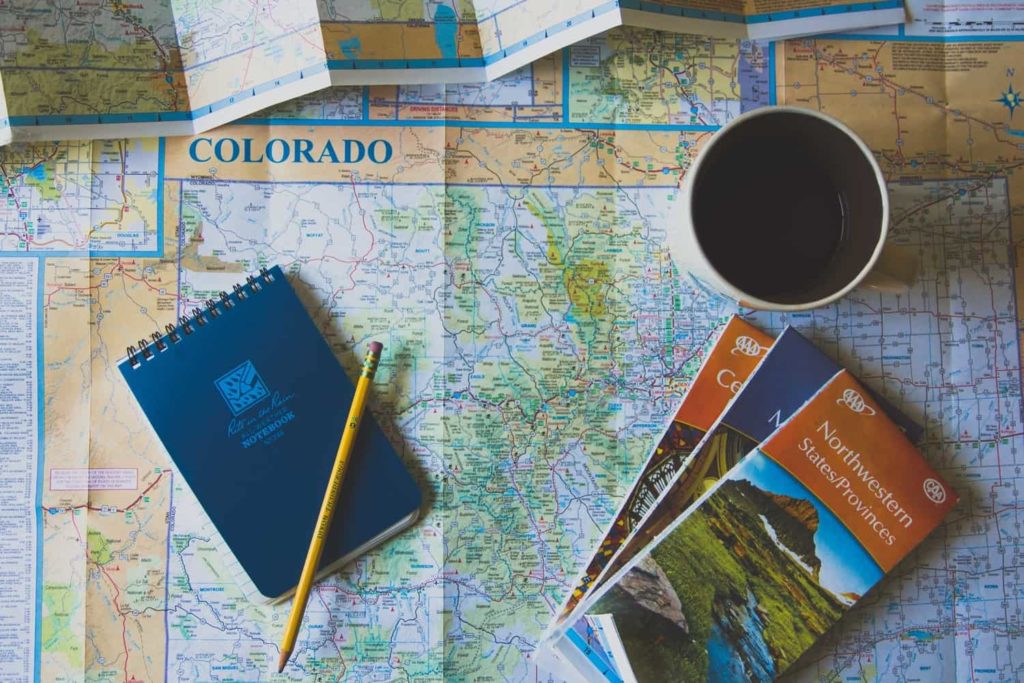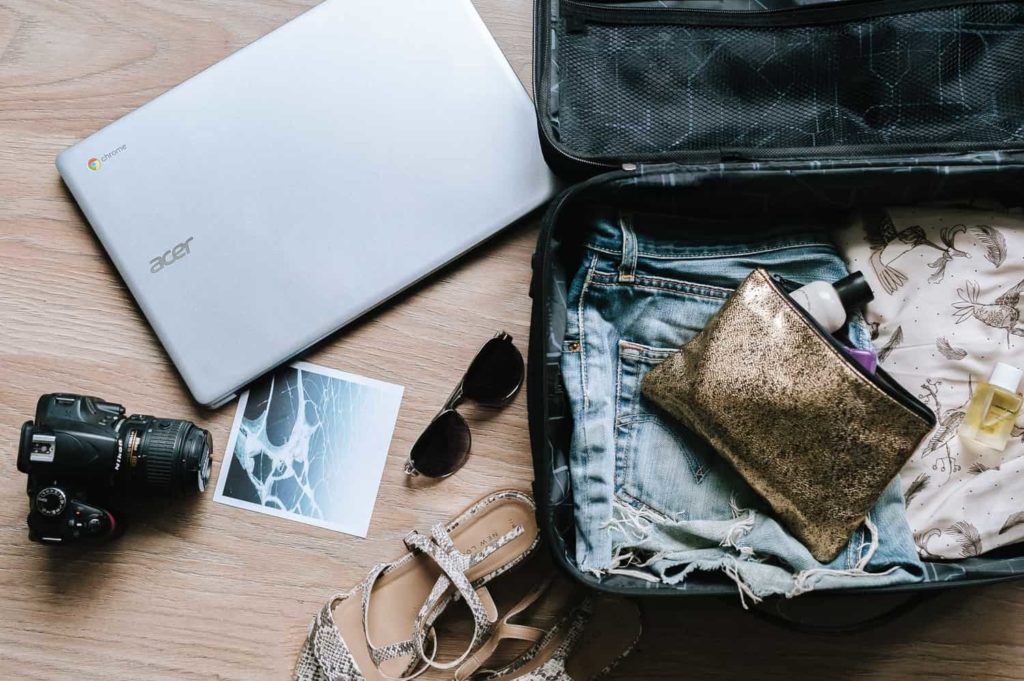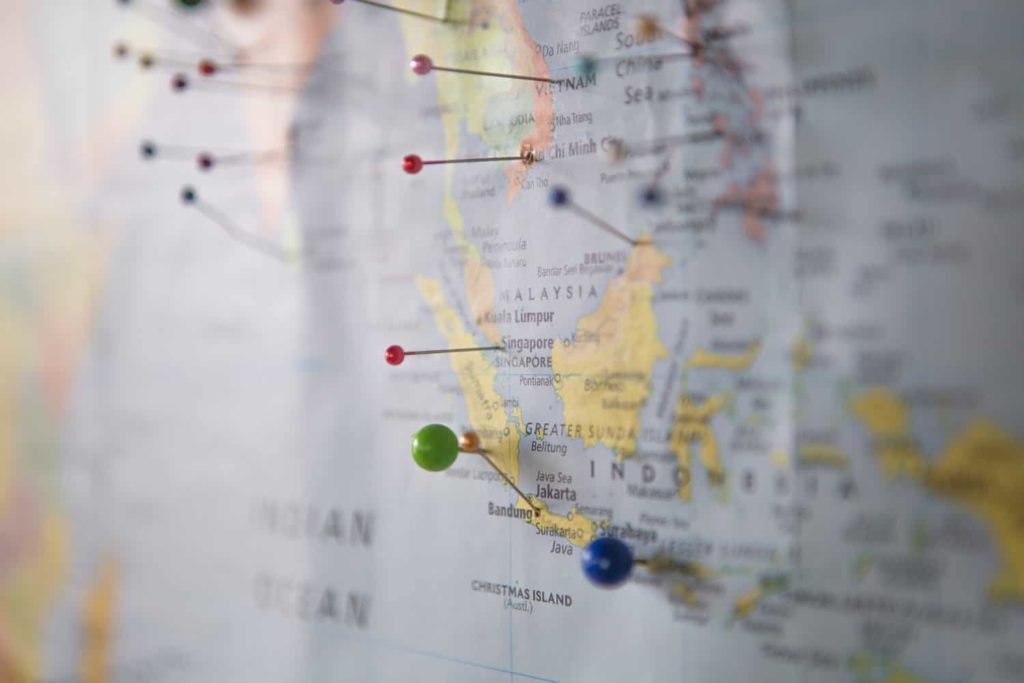
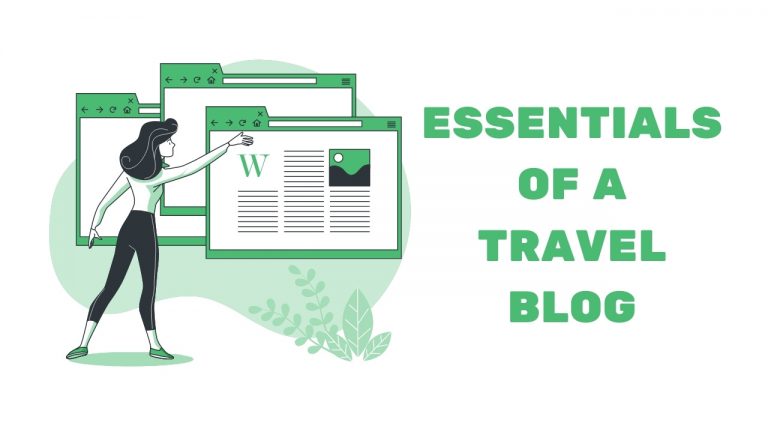
How to Build and Create an Awesome Travel Website Brand
Creating or growing a brand is one of my favorite things to do, if not my favorite. It never used to be, as I used to get daunted by the competition. However, things have changed and I now build MVPS for fun on weekends.
Once you have mastered the art of how to write a travel blog, then you can move onto creating one that will be a hit. Here are my top tips on how to build a travel website!
Top 10 Tips on Choosing the Best Travel Blog Name
One of the first things you need to decide on when starting a blog is choosing the name. It is easy to get trapped in the circle of picking a name that is unique and that no one else will have, while still having a name that reflects who you are as a blogger and traveler.
These tips will help you find a name that completely suits your blog, while still staying unique, easy for readers to remember, and also a name that can’t be confused with numbers or symbols.
Here is how you can create the most memorable travel blog names.
1. Make your name, brand, or website memorable
One of the many mistakes bloggers make with their names is that they choose one that is relevant to their current situation. Names such as “AsiafortheYear” have a very clear problem, that is actually not too obvious.
What if you have planned a tour of Asia for the next year; you want to start a blog and document your journey. You give your blog that name, “AsiafortheYear”, and you think you have it sorted and can move on.
The problem with a name like this is that what if you are almost done with your trip, and decide you want to stay for another year? Your name doesn’t make much sense after that, and to change it is costly and a lot of unnecessary effort.
Your name should be short, memorable, easy to remember, and easy to share. One or two words is the best, and sitting for a few minutes writing down a bunch of words that describe you, your potential adventures, and your style would help.
Using a thesaurus on the most common words will give you a unique angle on a common direction that travel bloggers take. Once you have all your words, start mixing and matching with different combinations.
2. Avoid hyphens and numbers
Not using hyphens and numbers can be very difficult. In this day and age, there is a vast number of domains and blog names out there. This is where your word research is going to be the most vital. When it comes to creating clever travel blog names, you want to keep it short and sweet.
Numbers and hyphens are difficult to explain to people. They are also difficult to remember. If you have the number “56” in your name for some reason, you will constantly be having to explain if it is the number “56” or the words “fifty-six”.
3. Avoid overused/common words
This can be made easier with a thesaurus, but avoid common travel words such as “Adventure”, “Traveling”, “Nomadic” etc. These words are almost all already taken by bloggers that have been in the game for much longer than you.
These names also won’t stand out at all, as they would have been used by many thousands of other people. You can easily find a synonym for a common travel word that is completely unique and barely, if not never, used. This is vital to making incredible travel adventure blog names.
4. Use long-term thinking
The best option is to think 5 years ahead when you create a travel website name. Names like “ProBackpacker” may not be true when you start as you won’t be a professional. But if you are serious about this blog, that name will come into its own.
Don’t be scared to oversell what and who you are when it comes to your name. If you are passionate and committed, the name will be true in a very short amount of time.
Choosing a blog name may seem simple, but it does require some serious thinking and effort on your part. You want a name that stands out, a name that rolls off the tongue, and one that people can easily share.
One of the things I see people struggle with the most when creating travel blog names is choosing a business image. You sit there brainstorming names for hours and hours, sometimes the process goes into weeks, months, and years. Trust me, I’ve been there. Many times.
There are a few things you need to consider when branding yourself or starting your business. One of the most important is your name.
5. The wording of your name
There are many, many techniques to coming up with names, but first, you need to decide what it is going to be about. What words will be able to describe it? What sounds catchy? Hopefully, you can achieve all of these and build a travel website with a fantastic name.
I’m sure everyone has a process, here is mine:
- I always like to check out some stats when I’m choosing a name (like the keyword modifier, I chose “online” or “travel” for this job)
- Write down the names you are thinking of buying, and when you have 5 – shortlist to 3
- Collect and check all your words for your name
- Read a dictionary (No jokes, this is how I named my personal blog OnlineGusto)
I downloaded “The 4000 English Words Essential for an Educated Vocabulary” and liked how easy ‘gusto’ was to say, and the meaning behind the word – “great energy, enthusiasm, and enjoyment that is experienced by someone taking part in an activity, especially a performance:”
6. Validate your business idea
You can use Google trends to find out what search terms are increasing and what is decreasing. You generally don’t want to go into a business that has passed its peak.
Is anyone else doing it? You can check out Flippa to learn a bit more.
7. Ask friends
When asking my friends, I would ask what name they thought was best and would tell them my options, “2travelcents.com, travelcheater.com, or twotravelcents.com spelled out?”. More often than not, the first response is something like “travelcheater, and what are the other options again?”
This showed me that ‘travelcheater’, for some reason, stuck in their mind. This is a very easy way to gain insight into the power and impact of your chosen names.
8. Create a poll
There are many different platforms to create polls, but I went to social media when I was happy with my names. This is a great way to decide and also a really great growth hack for later.
9. Check the names you choose
This is the stick or ditch stage, is it going to stick or are you going to go back to square one?
What does your name mean, can it be interpreted into something else in another country, is it user-friendly?
Now that you have a few names that you like, you need to check them on social media and domain names. So many people have told me they do this individually.
There are easier ways, guys. www.namechck.com checks the name you want on every social media network you can think of and also checks the domain. It’s the best, and first, tool you should be using when checking for a name.
10. Checking the competition
Ok, so there are a few ways to do this. You can Google your name and see who comes up first, then do an assessment. Like, search your idea with different phrases to make sure no one is doing it, or make a comprehensive list of all the people who are. Now you have lightly assessed your competitors.
Also, see if any of their names are on top of Google with the words “ad” or “sponsored”. These would be the companies paying for advertising and would be some of your biggest online competition
NamingMatters will give you a snapshot of the current naming landscape vs your query.
Top 3 Tips on Creating your Travel Blog Logo
Creating a travel website logo is a fun task! I am going to help you create one that conveys the essence of your website, whilst also being eye-catching and unique.
1. Hold a competition
If you want to see a broad range of different choices for your travel logo, then holding a competition is one of the best ways to do so! You can see many different perspectives, and enjoy the ideas of people all over the world.
All you have to do is give a contest brief and allow the creative juices of people from everywhere to flow!
2. Choose someone off Fivver
If you want to find someone who is talented and creative to get to work on your logo, then one of the other options is to choose a freelancer off of Fivver. You can find skilled people who’ll work at an affordable rate, and who have really amazing design skills.
3. Hire a professional
Whilst we want to sometimes do everything on our own, it can be of great benefit to bring in a professional for this part of creating your travel website. A professional can create an incredibly well-designed logo for you, and you will still be in charge of the overall look.
This is a great way to get a beautiful logo for your site.
Top 18 Essentials to a Travel Website
If you are a passionate traveler and want to share your adventures with the world, a travel blog, or website, is the best way to do it. The only problem is, you haven’t made one before and you aren’t sure what goes into it exactly.
Instead of paying someone to make the website for you, which can sometimes cost an astronomical amount of money, using a site like WordPress makes creating a website and blog easy. There are just some pointers you need to remember when creating your site.
We will share these valuable pointers on how to build a travel website with you!
1. Navigation
One of the most essential aspects of building a travel website is to keep your website design clean and easy to navigate. Making it intuitive and simple will keep people on it for longer.
As opposed to making it complicated or confusing to use, which will turn people off and send them elsewhere.
2. Fast Loading Speed
Make sure your site loads quickly. High-res images and Flash can, and will, slow a website down, forcing people to leave before it loads up. And in most cases, not returning.
3. Friendly Tone
Use very friendly language. You should type like you are speaking to a friend and avoid using harsh rules upfront such as “No kids allowed” etc. Readers will respond better if they feel like they are talking to a friend.
4. Visual Appeal
Use beautiful images. Don’t upload a ton of mediocre or poor quality images. Rather have a few that are either done professionally or are high-quality.
5. Keep Current
Always make sure your information and links are both up-to-date and current. You don’t want a website that is full of news, or stories from 5 years ago. When learning how to create a travel website, this is one of the best habits to get into, and it involves regular updates.
6. Consistent Uploading
Clearly, one of the best ways to engage an audience is to have a blog documenting your adventures. Try to post regularly, but not so regularly that the posts feel forced. Keep them engaging, but consistent, so you can continue to increase traffic to your travel blog.
7. Social Media
Make sure your social media links are visible on every page throughout the site. We have all seen the small Facebook or Twitter boxes at the bottom, or to the side,. of popular pages. Ensure yours are there too. This is a powerful way to connect with your audience, and very worthwhile to implement when learning how to make a travel website.
8. Share your Location
Use the Google Map plugin to share your current location when traveling. People will use this website to travel with you – they want to be part of the journey.
9. Mobile-Friendly Content
Make sure your site is optimized for mobile use. This requires constant attention when posting and making changes to your site. Most people use their Smartphones or Android tablets on the go, therefore, they are most likely going to be viewing your content from these platforms.
10. Link Inquiry Page to Newsletter
A clever trick is to link your inquiry page to your newsletter mailing system. This will then save the inquiry to your database, which you can then use for future marketing. You don’t want to miss out on any potential business.
11. Keep it Simple
Keep your copy simple and to the point when describing hotels, locations, and the like. Readers will respond better to great images, and once again, it allows them to get a better idea of where you are and what you are describing.
12. USP (Unique Selling Proposition)
Focus on the USPs of your area and experience. People will almost always buy an experience over bedrooms, walks, and tickets.
13. Install a Third-Party Plugin
Offer readers real-time availability by installing a third-party plugin. This will ensure you don’t miss out on business, and let your readers know that you genuinely care about their questions and inquiries.
14. Excellent Gallery
In your gallery, ensure the images are the best of the best, ones that agents or other businesses can use. This shows a level of professionalism as well.
15. Contact Details
Your “Contact Us” section should include a direct email address that readers can use and not a long, tedious form that they need to fill out. Include your business phone number, if you have one, too.
16. Great User-Experience
Ensure that readers can reach any part of your website from the homepage with only a few clicks. It is common knowledge that readers get impatient and annoyed if they have to spend more than a few seconds trying to find what they are looking for.
When you create travel websites, this is a very important factor to keep in mind.
17. Upload Videos
Include videos of your travels, or an introductory video on your site. Embed this video on the page to keep people on your site and stop them from having to go to Youtube. This is fun and it keeps people interested.
It is one of the essential tools you will learn when discovering how to build a travel blog.
18. Encourage Newsletter Subscribing
If you have a newsletter, encourage people to sign up for it using some kind of incentive. Nobody really likes signing up for newsletters because they think they are spam. However, including “Sign up for our newsletter to be first in line for upcoming specials” is much more appealing.
Final Thoughts on How to Build a Travel Website
These are some points and tricks you can easily implement into your site when you are first designing it and setting it up. Always remember: view it from a reader’s perspective and not from a business perspective when building a travel website.
The user experience is the most important part, as the main goal is to not only get people to your site. It is about keeping them there long enough for them to decide to do business with you, recommend you, or simply share your content.
These are just a few of the most important tips to keep in mind, and coupled with the best tools and resources to build a travel blog, you will have a travel website that will blossom. I hope that all of these golden tips help you to create awesome blog names, and have given you insight on how to build a successful travel website.
